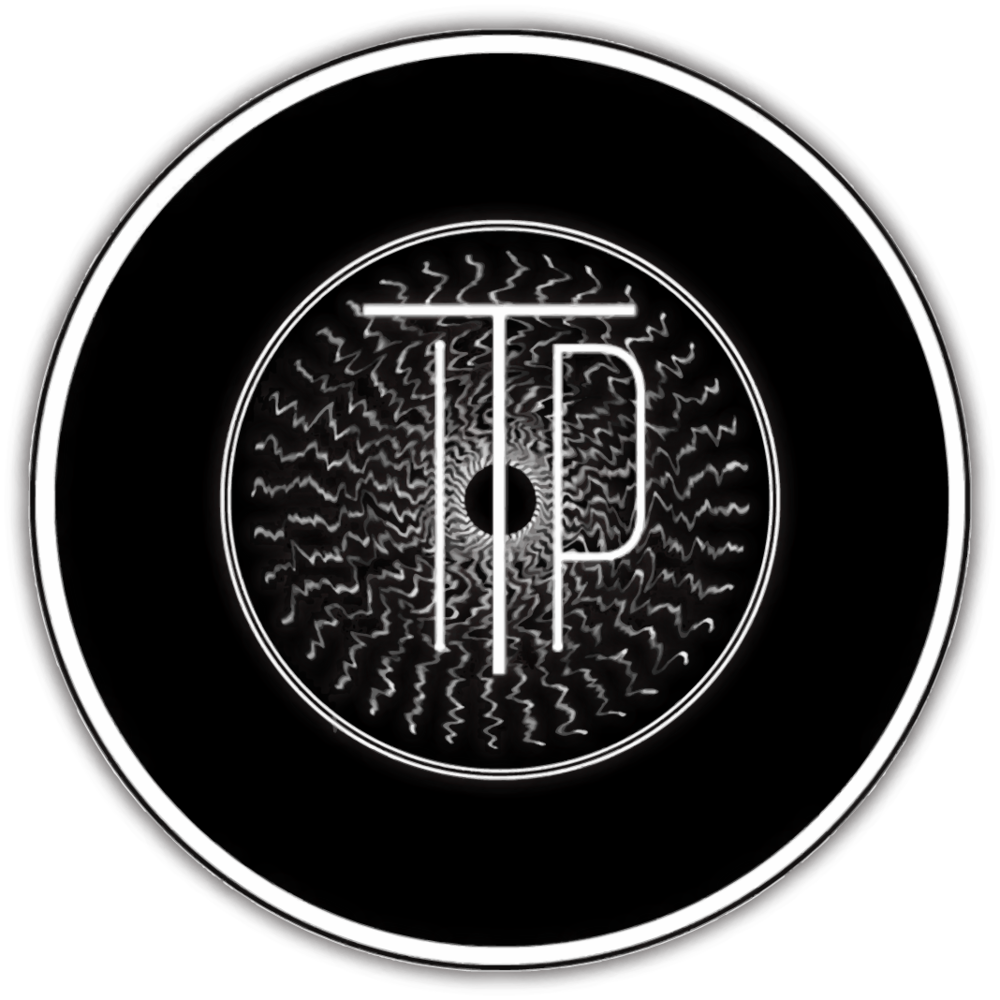The Monstrous Birth: A Comparative Approach to Dissecting Homunculi and Frankenstein’s Creation
THE KING OF THE HOMUNCULI
The Homunculus and the monstrous creation of Victor Frankenstein share a common genesis: each artificially created through the conscious efforts of Man, although beyond this it appears as though commonalities are few. The process through which life is achieved is easily comparable (and equally disgusting to the average person): both require an organic solution, an incubator and an energy source for the creation of these strange beings. Frankenstein’s creation is an assemblage of dead human body parts of such a grotesque nature that he is doomed to remain an outsider to humanity; the requirements for the homunculi are arguably equally disgusting (human blood, bones, semen, and horse manure) however the end result is a perfectly formed miniature humanoid with none of the grotesque qualities owned by Frankenstein’s monster. It is here that the similarities end.
In Shelley’s 1823 novel, Frankenstein’s creature is ultimately denied its humanity and a place in human society because of his grotesque nature. The Homunculus does not share in this exclusion and is instead much venerated by its creator. This difference of human perception relates to the issue of embodiment as a predicate in judgment of character and identity. Frankenstein's creation is ultimately denied humanity because the nature of his embodiment as a reanimated corpse defies the boundaries of life and death - he must be expelled by society in order to reconstruct the boundaries of the humanist narrative. The homunculus, in contrast, retains none of these grotesque qualities as a miniature ‘manikin,’ a pet-like creature that is easily assimilated and controlled by its master. One could argue that size is of importance in these cases – the homunculi as miniatures are easily controllable, while the hulking mass of Frankenstein’s monster is decidedly less controllable from a physical standpoint, thus creating the perception of a threat.
FRANKENSTEIN, PLAYED BY BORIS KARLOFF (1931)
A difference in innate intelligence levels is another attribute that furthers the divide between Frankenstein’s monster and homunculi. In the Austrian example, Count Kufstein and Abbe Geloni created a full court of homunculi, each imbued with special esoteric knowledge that, by all accounts, was present upon the completion of the initial incubation period. These directly contrasts with Frankenstein’s newborn monster, which comes into the world with the ignorance of a hapless babe and is forced to self-educate in solitude after the abandonment of his master. It would appear as though we have two versions of artificial births with an uncanny resemblance to the human form, but with divergent creatures as the end result.
So a divide occurs within the philosophical nature of the creatures – the homunculi transcend humanity in their ability to commentate from hermetically sealed containers, while Frankenstein, in contrast, is imprisoned by the pitfalls of his humanity and while he is not trapped in a glass jar he is still ironically unable to take part in the world he is borne into. The creature is bound by humanistic ambitions such as the procurement of a companion, while in contrast the homunculi are seemingly God-like in their abilities to transmit knowledge and predict the future, resulting in genuine reverence from their alchemist creators.
THE ALCHEMIST AT WORK CREATING A HOMUNCULUS
So the moral of the story goes, if you’re borne as a quasi-humanoid freak you better have some pretty wicked abilities or its going to be a rough go!
Inspiration for this post stemmed from the film Bride of Frankenstein (1935) directed by James Whale, which features a scene in which a collection of creatures similar to the Homunculus is displayed by Dr. Pretorius.
Also, if you are interested in more theories related to the concept of Monstrosity I highly recommend The Monstrous-Feminine: Film, Feminism, Psychoanalysis by Barbara Creed, available on our online bookstore for a limited time under the “More Awesome Books” section.
________________
Written by Amber Bouchard



